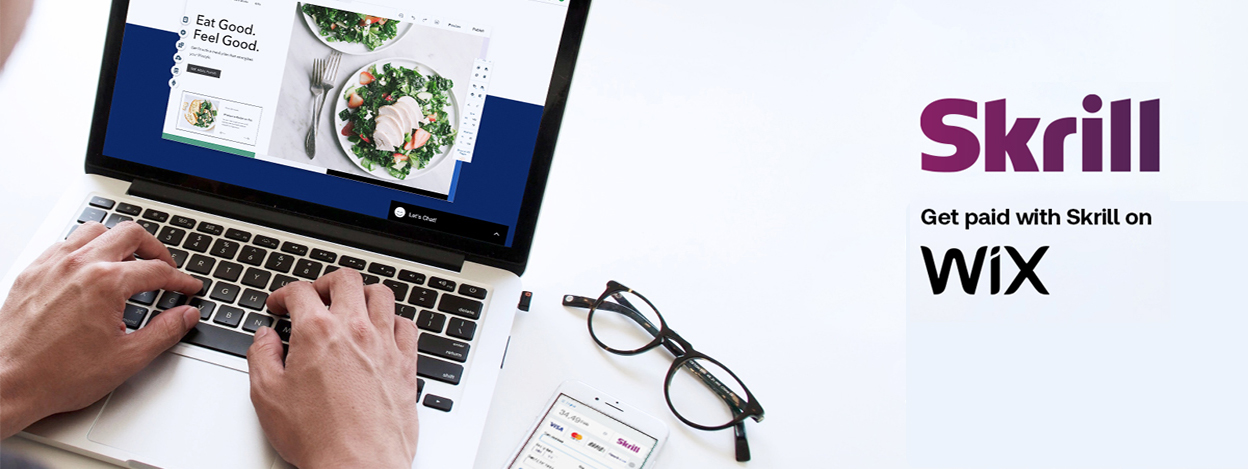The payments industry is undergoing rapid development and yesteryear’s payment landscape is already gone. In the span of weeks and months, payment services are changing, following consumer demand for greater flexibility and freedom.
This trend will persist throughout the coming year and will see banks, payment processors and other fintech companies continue to innovate and push boundaries. Contactless transactions, alternative payment methods, and instant bank transfers, among others, will take centre stage.
Here are the top payment trends in 2023 that will shape how businesses and consumers interact!
More contactless and mobile transactions
According to a study by Juniper Research, contactless transactions are expected to grow to $10 trillion globally by 2027, from $4.6 trillion in 2022. A key element of this transition is a society-wide push toward cashless transactions, coupled with the increase and improvement in mobile and wearable devices.
Shifting toward such contactless payment solutions has provided a fast and highly convenient way for consumers to pay both in-store as well as for services such as public transit. This is why they have taken on a life of their own, and are now seen as the norm rather than an exception.
Contactless-enabled point of sale (POS) terminals are another important driver of this trend. As more and more devices are equipped with near-field communication (NFC) technology, merchants will be able to accept contactless card payments through mobile devices (mPOS), also known as tap-to-mobile technology. This will significantly help those who cannot afford a complete POS solution or who simply want a quick and easy way of allowing payments.
Moreover, attitudes by regulators toward contactless payments are also shifting. A recent report by the European Central Bank (ECB) on accessibility to retail payments in the EU, highlighted the many improvements presented by the digitalisation of payments. While cautioning against the dangers such payments present to vulnerable groups, the report views this trend as positive and favorable.
Alternative payments methods become mainstream
With consumers increasingly signaling a desire to move away from traditional payments, businesses are following suit and adopting a variety of alternative payment solutions.
One set of such alternative methods includes real-time or instant payment services among which are account-to-account (A2A) or peer-to-peer (P2P), request to pay (R2P), as well as variable recurring payments (VRP). Digital wallets too, such as Skrill’s Digital Wallet, are frequently used exactly because of their direct transaction capabilities, again enabled by near-field communication (NFC) technology.
Digital wallets are also being adopted in response to the rising cost of living. According to Paysafe’s 2022 Lost in Transaction report, nearly half of the consumers (44%) have changed their payment habits for this reason, with two-fifths (41%) of these using digital wallets more than they did a year ago. 25% of consumers said they are using digital wallets more to pay online than they were 12 months ago, behind only debit cards (36%) and credit cards (28%).
Following the same trend toward alternative payment methods, instant bank transfers, like the Rapid Transfer solution, are gaining more ground. In Europe, the Open banking initiative has opened the doors to instant settlement technology. This category of solutions allows consumers to pay directly from their bank account with their usual online banking credentials.
In addition to real-time settlement solutions, “buy now, pay later” (BNPL) services are also growing. Particularly popular with Gen Z and Millennial consumers, this type of payment scheme is expected to have as many as 900 million users globally by 2027. Traditionally, paying something in installments used to be offered largely for big-ticket purchases - such as furniture or electronics. Now, more and more retailers are revisiting the concept and enabling BNPL payments for all kinds of purchases.
As economic downturn swings by, coupled with an increase in interest rates and a reduction in liquidity, merchants will witness BNPL adoption in real time. However, on the reverse side, providers of such payment schemes will likely face challenges, with consumers being pressed to manage debt with greater care, so as not to overextend themselves. This, in turn, is expected to lead to consolidation in the industry with larger solution providers buying smaller ones.
Greater focus on data security and GDPR requirements
With the jump in digital payments, a parallel jump in payment scams and data theft is occurring. While the fight against fraudsters and scammers has given results over the last few years and has effectively pushed back card fraud, cybercriminals are constantly coming up with new types of fraud and are keeping the industry on edge. Consumer perceptions mirror this increase. In 2022, over half (59%) of consumers said they were more concerned about becoming a victim of fraud than they were in 2021, and 62% now see it as an inevitable risk of online shopping.
As a result, payment service providers (PSPs) and financial institutions (FIs) will be increasing their investments in payment infrastructure, with an emphasis on securing transactions throughout the lifecycle and protecting individuals’ personally identifiable information (PII).
Biometric authentication is expected to play a part in this, as fingerprint, voice and facial recognition, and even behavioral biometrics (including swiping, typing, and phone-holding patterns) are included in the process. Along with biometrics, digital IDs will also increasingly come to serve as a way of authentication or as an additional security layer on top of others.
Apart from threats, data security compliance is further prompted by the increase in regulatory requirements. Gartner expects that by the end of 2024 around “75% of the world’s population will have its personal data covered under modern privacy regulations”.
For example, in Europe, as prime example, this will take the form of a gradual convergence of data regulation laws, rather than just personal data regulation. And despite a recently rejected draft of the Trans-Atlantic Data Policy Framework, sooner or later the shared privacy framework will come into being, further cementing the need for strict data security practices.
Here, as noted in the Capgemini Top Trends in Payments 2023 report, the use of tokens in separating personally identifiable information (PII) from other types of data will play a critical role. Tokenisation has already allowed businesses to protect customer data and remain compliant while still being able to use data to gain insight into customer behaviour and experience.
Finally, the rollout of the ISO 20022 standard in March 2023 will also support the interoperability between different payment systems while enabling transparency, accuracy, and compliance.
Cryptocurrency payments and CBDCs are gaining legitimacy
Given the volatility in the crypto market, regulation remains in the headlines. This, however, will not stop the overall adoption of cryptocurrencies as an alternative payment method. Mastercard, Goldman Sachs, and other TradFi companies are each expressing support or already rolling out solutions that will make use of blockchain technology and cryptocurrency.
In addition, stablecoins and central bank digital currencies (CBDCs) are also entering the picture quickly. These will serve as a bridge or intermediary point toward crypto that will solidify the mainstream use of alternative currencies while avoiding some of the biggest risks such as the volatility of most cryptocurrencies. Eleven countries have already launched their own digital currencies, and tens of others are currently either piloting, developing, or researching theirs.
How Skrill can help you stay on top of payment trends in 2023
With all of these developments, online merchants may find themselves wondering how to meet consumer demands. This is where partnering with a reliable payment service provider who stays on top of online payments trends is key.
Skrill can help you offer a localised Digital Wallet solution to your clients in Europe, LATAM, APAC, Africa, MENA, and more. And through our gateway, they can also use a variety of localised payment methods including Rapid Transfer, Klarna, Giropay, PagoEfectivo, and PIX, among others.
Our service will help you provide a frictionless and secure experience to customers and improve their payment experience.
Want to give Skrill a try? Have a look at our website for more information and sign up for a business account today!




